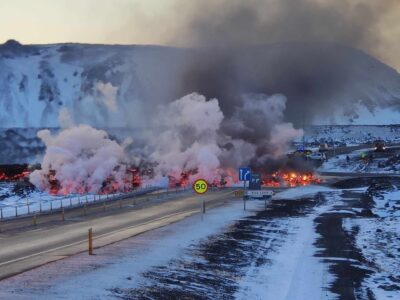NASA taking heat measurements from Space
A recently published scientific article looks at how satellite thermal imaging can be used for measuring and monitoring changes in geothermal areas.
In a recent news piece from the Volcano Hazards Program at the U.S. Geological Survey, it is reported that scientists from the U.S. Geological Survey and the Yellowstone National Park, recently studied thermal areas in the park using satellite-based thermal infrared (TIR) remote sensing data from two NASA satellites.
Published in the July 2012 issue of the Journal of Volcanology and Geothermal Research, the scientists looked at how thermal imaging could be used for studying geothermal areas.
While satellite imaging has been used for volcanic eruptions, for geothermal ares – so the article – it is more difficult given lower temperatures.
The scientists used the data that has been collected frequently to establish “background thermal patterns and to quantify how much temperatures would have to change to be detectable with modern spaceborne techniques”.
This is some exciting work and might provide a basis for future use of satellite imaging for measuring and monitoring changes in geothermal areas. How much this is applicable to geothermal projects and areas is not clear though from the article.
Source: USGS


















